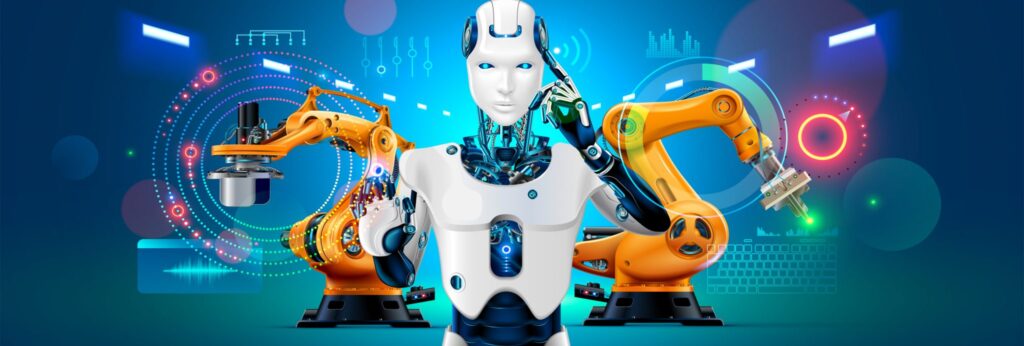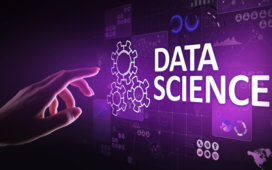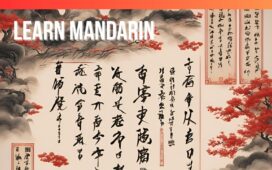Role of HR in an agile and automated world
You shouldn’t be surprised if, during your following job interview, you sit in front of a robot who has access to all your information of yours; which won’t be limited to your resume but will include access to social media accounts, health history, insurance, credit score, previous employment, your friends and networks. Advances in information technology (IT), predictive analytics, artificial intelligence, and machine learning are allowing professionals to do traditional tasks with more ease and in less time. The HR would have more information about you and would be able to check whether you are capable of the organization (PO fit) and for the job (PJ fit). To further confirm your values with the existing information, HR may take a psychometric test or ask situation-based questions to see whether your answer matches with the existing trend or not. This role of HR would be mainly to supervise and see the execution, as only humans have the emotional intelligence to understand and figure out the true nature.

The most significant benefits of AI for hiring and recruiting are as follows: Saving time (67%), The removal of human bias (43%), The ability to deliver the best candidate match (31%), Saving money (30%)-IQ Partners Inc.
“AI will augment HR and give HR time to work on more strategic business issues. The opportunity is to use AI to streamline HR manual processes and provide a more consumer-grade service to employees”- Jeanne Meister, co-author, The Future Workplace
Organizational agility rallies both company performance and employee satisfaction. HR can play a pivotal role in moving an organization from a traditional hierarchy to a marketplace that delivers talent and resources to a collection of allowed small teams, helping them to achieve their objectives and acting as a common guiding star. HR may develop a reiterative approach by establishing vital parts of the people-management process, such as new career paths for agile employees, amended performance management, and competence building. It should also set an example by moving to agile “flow to work” pools where people are assigned to prioritized tasks.
Companies in today’s agile environment should emphasize keeping fewer reporting layers that would help deliver consistently on quality, velocity, and performance results, outperforming their industry peers. HR can help employees make healthier decisions by empowering them to take risks in a culture that rewards them for doing so. According to a McKinsey study, employees who are given the authority to make decisions and receive adequate mentoring from their bosses are three times more likely to report that their company’s delegated decisions are both high quality and timely. (McKinsey, 2021)
Agile HR
HR should be a tactical partner for the firm in this strategy, ensuring that the right people are in place to accomplish the company’s primary goals. HR may also assist with workforce planning by examining how disruptive developments affect employees, establishing future core competencies, and calculating how supply and demand affect future skill shortages.
Also, employee engagement will be the core function of HR, with the pace of transformation happening and the growing competition, HR wants to keep the employees motivated and fresh. HR will contribute to HR technologies that will help them create exceptional employee experiences, right from onboarding to exit. Understanding what employees want and what motivates them should be a top focus for businesses in order to survive the uncertain times ahead.
HR has to Improve team synergy; better communication and teamwork between employees of different parts of the organization would be a must. Agile HR also emphasizes transparency and, therefore instils enhanced trust throughout the team. Improved flexibility – The pandemic has underlined the importance of teams being able to adjust to shifting circumstances. The agile technique strives to “test, learn, and optimize,” allowing teams to make quick adjustments if necessary.
Would an agile and automated world increase the demand for HR employees in the organization!
Most likely not, this change will negatively affect the employee’s retention. According to Bersin by Deloitte, 33% of employees expect that their jobs will become augmented by AI in the near future. Most of the functions will be automated, and preference towards those employees will increase with IT knowledge and HR.
Conclusion:
Automation is here to stay, and there has never been a better moment to upgrade than now. Digitizing key HR processes improves your workers’ work experience and, as a result, allows them to interact with consumers more. With that, HR must be a function that leads the charge in determining what motivates people to work, what cultures drive the most productive workplaces, and what equations enable genuine human-technology integration. With that, HR should receive honest feedback from employees more systematically and consistently. This allows HR to develop solutions that are appropriate and effective. HR should also have access to sufficient resources to implement the required technology to help them in continuing their day-to-day functions.







